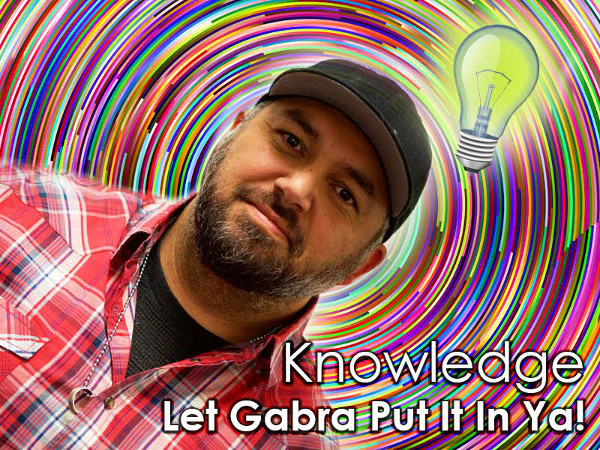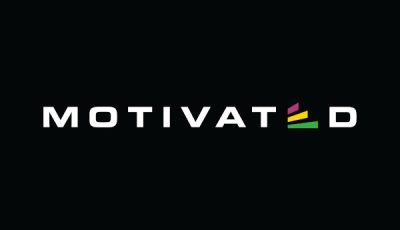Programs vs. People: Which is Better for Your Business?
Having a software application that runs automated scripts is a great time-saver when running a business online. These “bots,” which commonly are ignored by users and customers, are dismissed as just another irritant to deal with while online, joining the laundry list of useless things to worry about like pop-ups, promos, spam, etc.
Programs with purpose
Why bother with all these bots and the easy-to-ignore things they do? For one thing, we ignore what they do mainly because the tasks are menial and repetitive. Things that would drive people mad due to the sheer monotony, bots can handle with exacting efficiency.
Scanning programs, auto mailers, diagnostic tools, pre-programmed campaigns and chat bots — all of these, plus many more, currently populate the internet, creating order out of the googleplex of data and processes needed to keep the global computer network afloat and interesting.
In 2015 alone, more than 1.4 billion people around the world interacted with chatbots. According to eMarketer, the sheer volume of interactions is a clear sign chatbots are doing what they were intended to do: engaging users/customers for their parent brand.
People and perception
Users and customers constantly push for change. Yes, the motivating factor is often monetary in nature, but the driving force always will be people. People deserve people — or as the goal currently is, an incredible simulation of a person. That’s why simple scripts become complex programs; how better system software and smarter application software work hand-in-hand to enhance user experience. This is why we search for ways to create human-like artificial intelligence.
We’re not there yet. Programs as they are now are not as sophisticated as we’d like them to be. So, going fully automated in every respect is light years away — and that’s a good thing. In my opinion, there will always be the need for the human touch in services, products and day-to-day interactions with bots and programs.
Perception and judgment separate us from the bots and programs we create. We process information as a whole package, not through keywords, queues and/or pre-set factors. That’s why chatbots give way to chat operators, voice recognition bows to human comprehension, scanning loses to perceiving and program parameters are defeated by judgment.
Programs + people = perfection
There’s quite a lot programs can do that people can’t, just as there are things people can do that bots never will. The combination of people and programs in business always will boil down to solving two major flaws: program limitations and human error.
Bots are great at doing many things, but only things that can be foreseen and programmed. People, on the other hand, have a wide capacity that is driven by perception and judgment, both of which are prone to veering away from a fixed set of rules.
Image-moderation programs, for example, incorporate basic text recognition and can block in-image links and ads. They are good at what they do, but as actual moderators can attest, they also block images of people with letters on their clothes. To solve this, programs and people work together in an effort to decrease workload, minimize errors and move closer to a perfect campaign or service level.
It all boils down to this: Bots are good at some things, but they can’t replace humans at everything. Combining people and programs, though, makes both — and the processes they serve — stronger.
If you’re in the mobile sector of the adult industry, you’ve likely heard of Joey Gabra. His list of credentials includes previous employment as managing director for Affil4You, and marketing manager for Twistbox Entertainment and American Mobile Ventures. Gabra has built strong business relationships by delivering what he promises, which often comes at his own expense. Combining humor with sharp business acumen has made him respected by both peers and competitors, leading to numerous industry awards. In 2015 and 2016, he was named Businessman of the Year by the YNOT Awards. These days, he’s applying his expertise and expanding his reach as solutions director for New Media Services. He may be reached at jg@newmediaservices.com.au.














